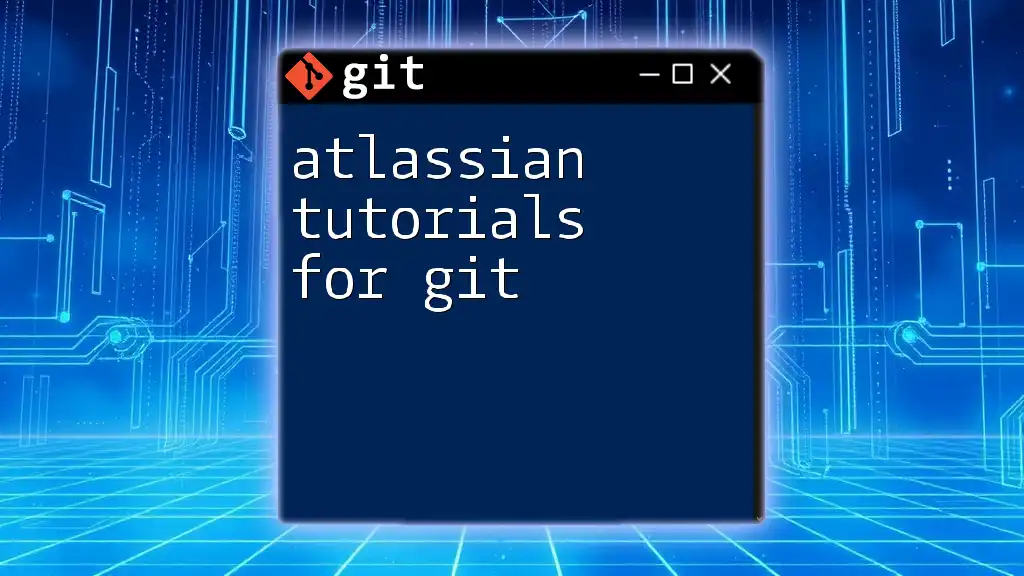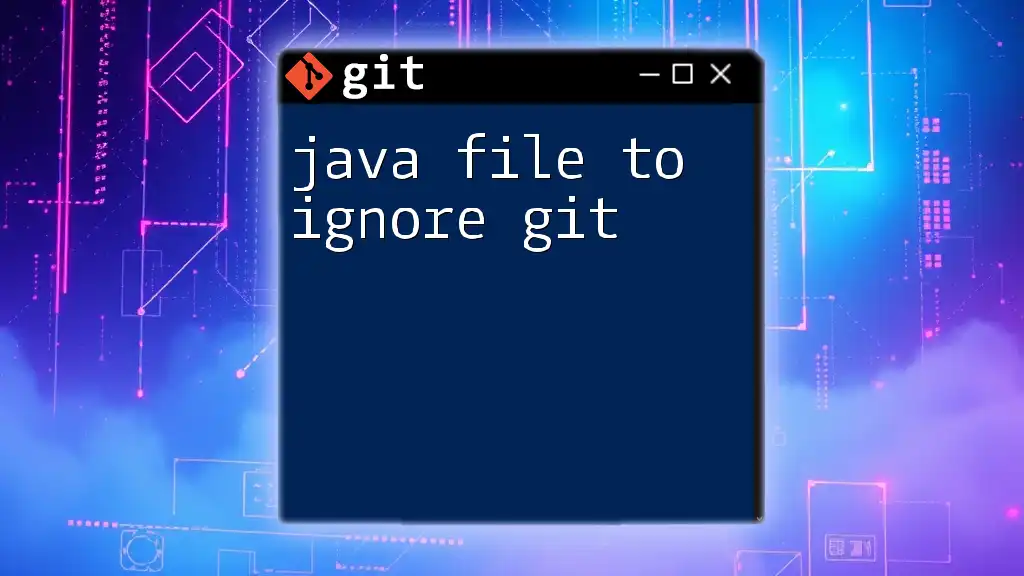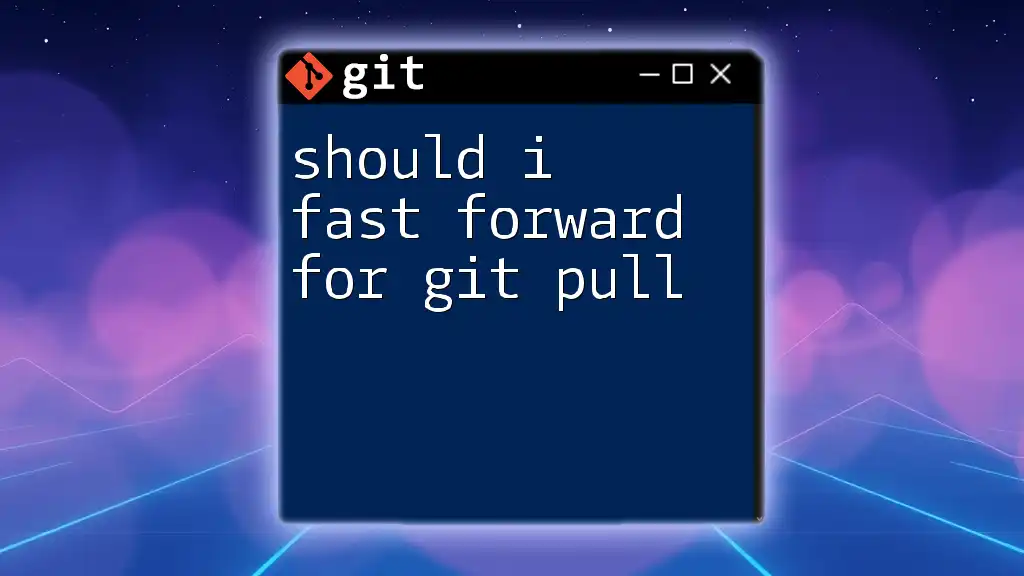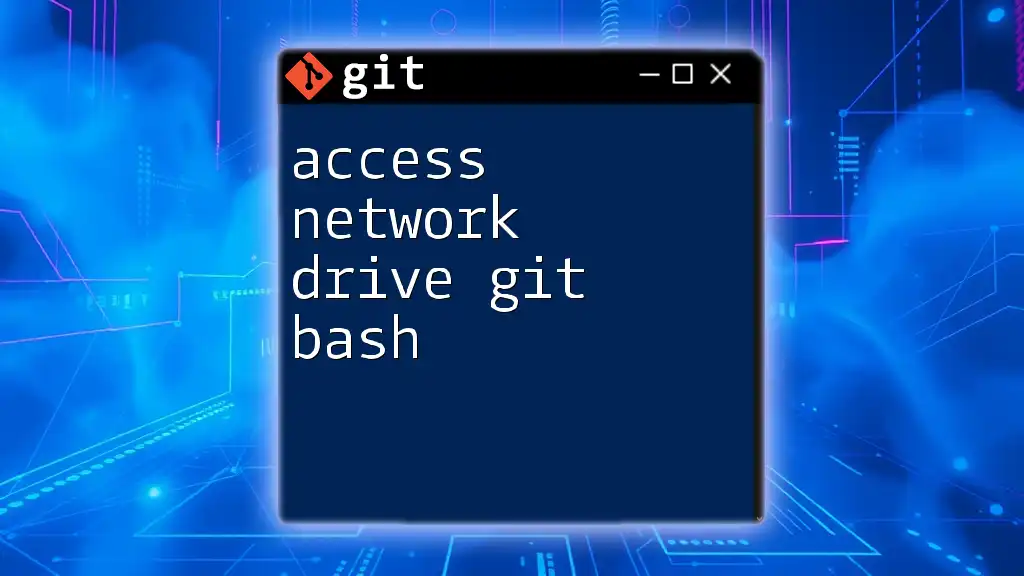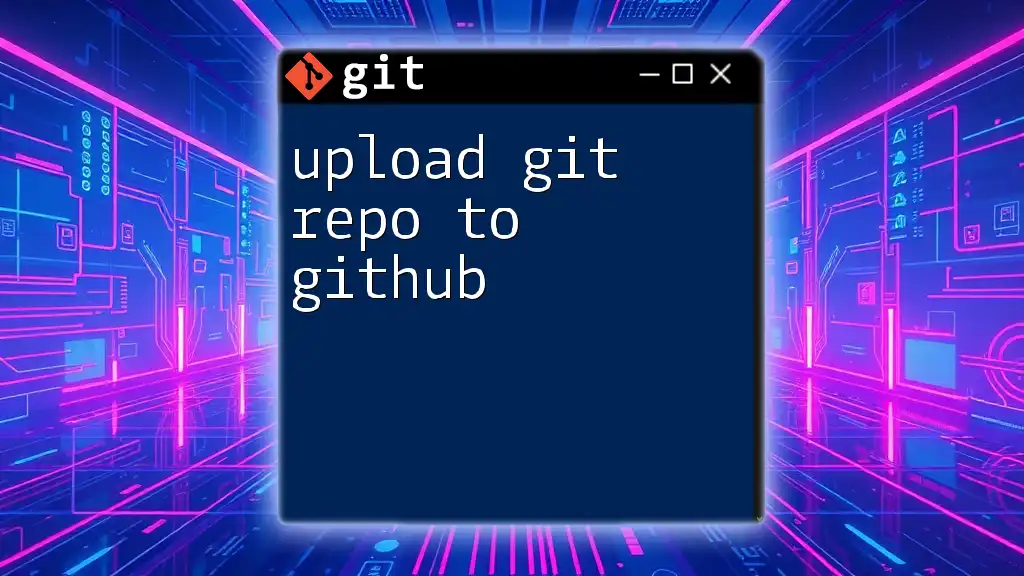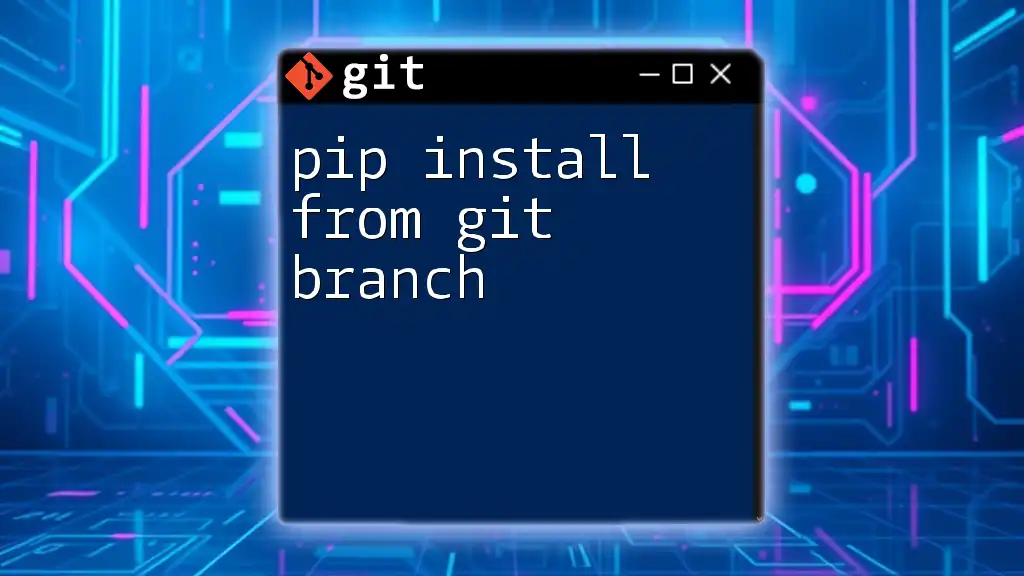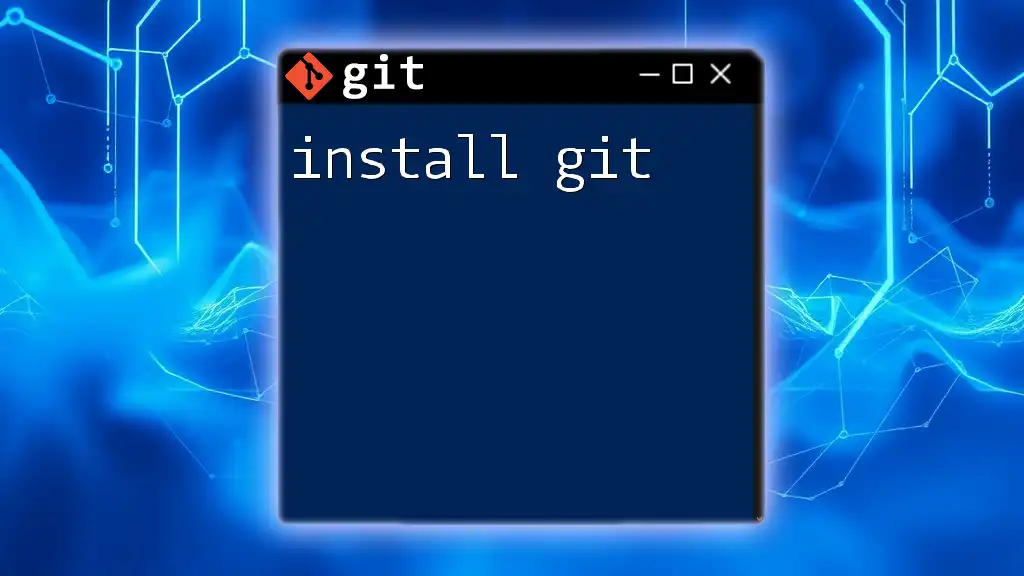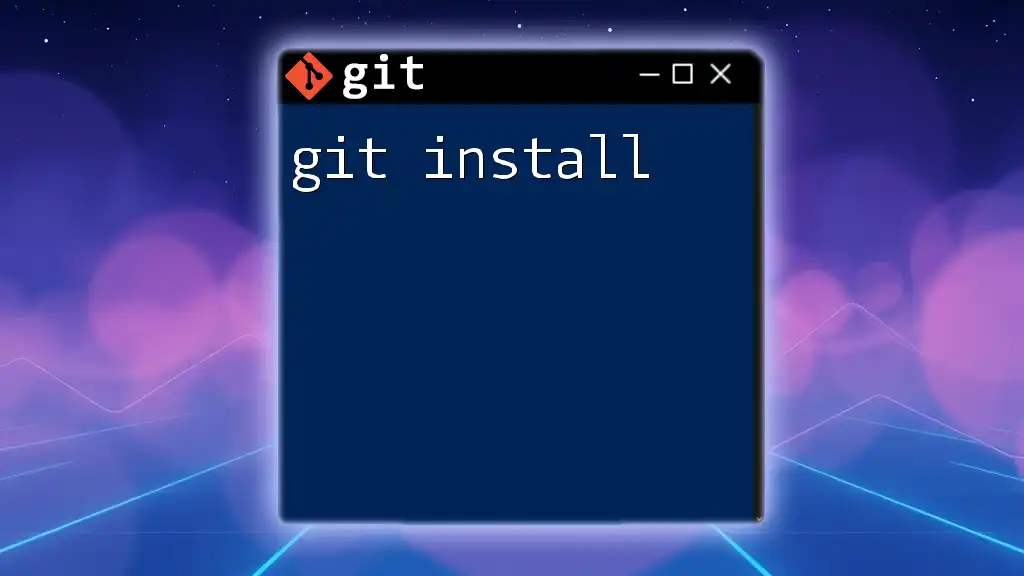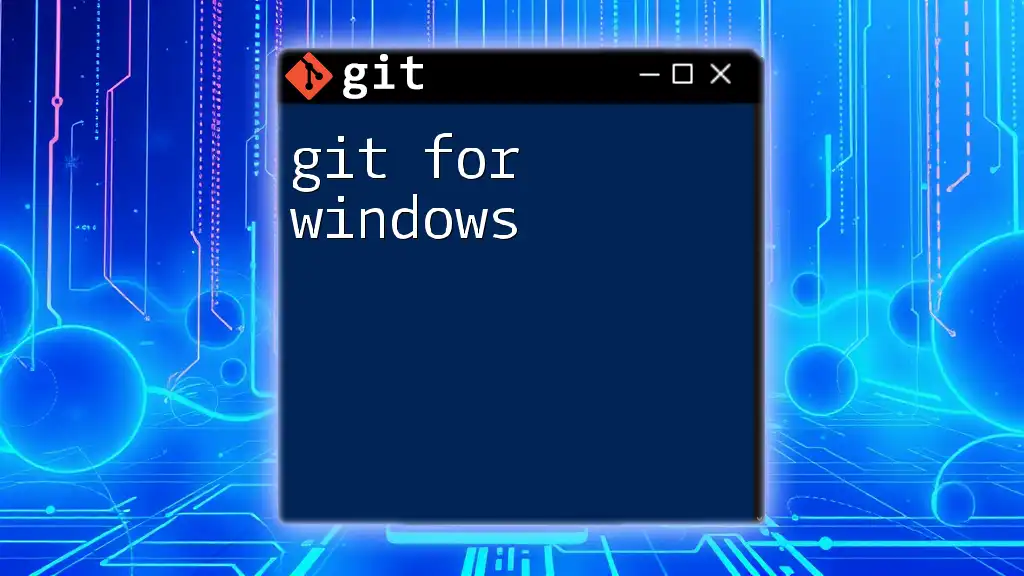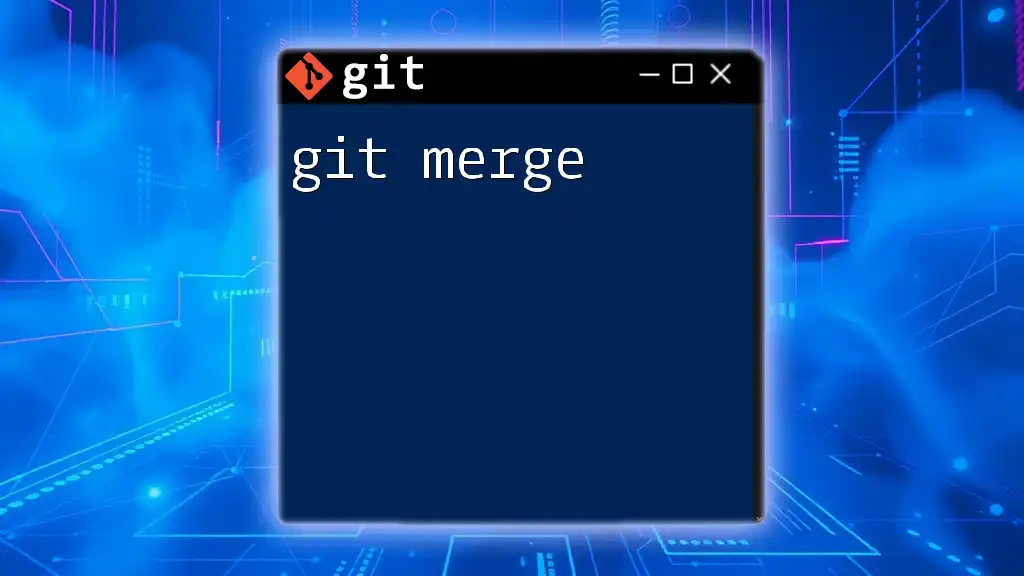Atlassian tutorials for Git provide comprehensive, easy-to-follow guides that help users master essential Git commands quickly and effectively.
Here's a sample Git command to get started:
git clone https://github.com/username/repository.git
Understanding Git Basics
What is Git?
Git is a distributed version control system that helps developers manage changes to source code over time. Its significance lies in enabling multiple users to work on projects simultaneously, facilitating collaboration while keeping a detailed history of changes. The key benefits include collaborative development, branching, and snapshot history which allows for easy rollbacks to previous states.
Key Terminology
Before diving deep into Atlassian tutorials for Git, it's essential to understand some key terminologies:
-
Repository: A Git repository is where your project files and the entire history of changes are stored. It can either be a local repository on your machine or hosted remotely on platforms like Bitbucket.
-
Commit: A commit is a snapshot of your repository at a particular point in time. It represents the change in the codebase. A well-crafted commit message is crucial for maintaining a clear project history.
-
Branch: Branching enables developers to work on different features or bug fixes in isolation. This feature supports parallel development and keeps the main codebase stable.
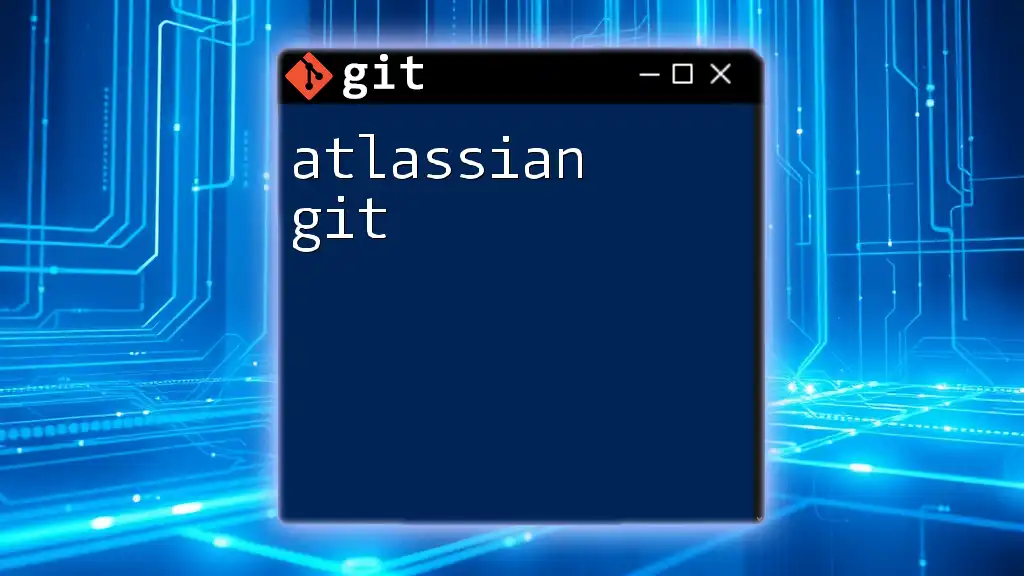
Getting Started with Atlassian Git Tools
Introduction to Bitbucket
Bitbucket is Atlassian’s Git repository hosting service designed for professional teams. It allows users to store their Git repositories online securely and manage their project with ease. To get started, create a Bitbucket account. Simply visit the Bitbucket website and follow the prompts to register.
Intro to Sourcetree
Sourcetree serves as a free Git GUI client for managing and visualizing Git repositories. It simplifies complex Git commands and provides a user-friendly interface. To install Sourcetree, go to the Sourcetree website and download the version suitable for your operating system (Windows or macOS).
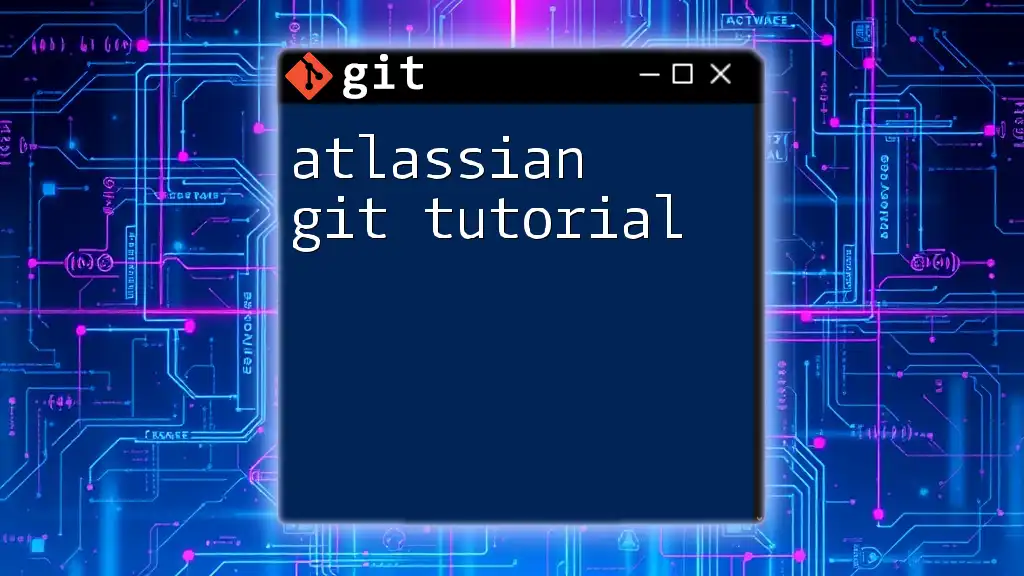
Navigating Bitbucket
Creating a New Repository in Bitbucket
Creating a repository on Bitbucket is straightforward:
- Log in to Bitbucket: Access your Bitbucket account.
- Create a new repository: Click on the '+' icon in the left sidebar, select "Repository", and choose your settings.
- Set up your project details: Give your repository a name, set its visibility (public or private), and choose the version control system (Git).
- Click "Create repository": Your repository is now live!
Cloning a Repository
Cloning a repository allows you to create a local copy of the remote repository. You can do this via the command line or Sourcetree:
-
Command Line:
git clone <repository-url> -
Using Sourcetree: Open Sourcetree, click on the "Clone" button, and enter your repository URL in the dialog box. Select the local directory where you want to save the clone and press "Clone".
Pushing Code to Bitbucket
To push your changes to Bitbucket, ensure you’ve committed your changes locally. The steps involve:
-
Staging changes:
git add . -
Committing changes:
git commit -m "Your commit message" -
Pushing to the remote repository:
git push origin main
To push changes using Sourcetree, simply commit your changes and click on the "Push" option in the toolbar.
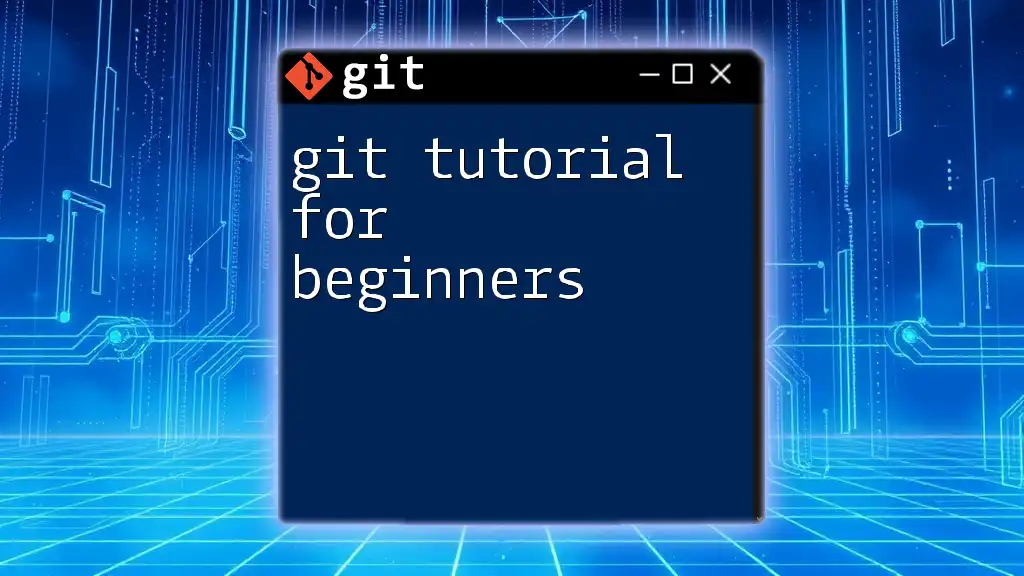
Managing Repositories in Bitbucket
Branch Management
Proper branch management is crucial in a collaborative environment. To create a new branch, use the following command:
git branch new-branch-name
Branch merging is also a frequent task. After merging, if conflicts arise, Git will identify them and you can resolve the conflicts manually before committing the merged branch.
Pull Requests
A pull request is a critical step for collaborative development in Bitbucket. It allows team members to review and discuss changes before integrating them into the main branch. To create a pull request:
- Navigate to your repository in Bitbucket.
- Click on the “Create pull request” option.
- Select the source and destination branches.
- Fill in relevant details and submit the pull request for review.
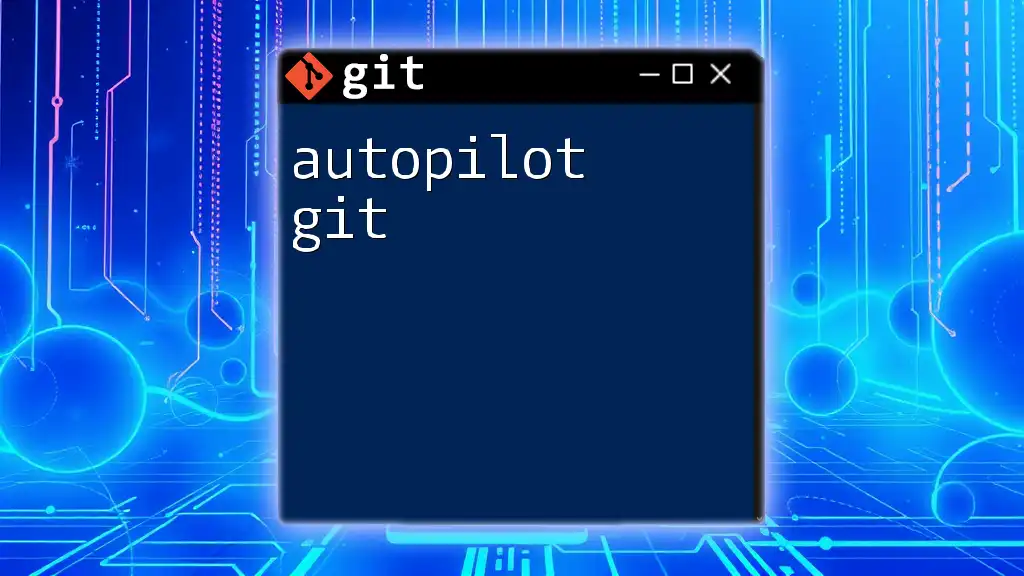
Git Workflows with Atlassian Tools
Understanding Git Workflows
Popular Git workflows like Feature Branch or Git Flow help teams manage their development processes. Each workflow encourages structured, efficient development practices that maximize collaboration and minimize conflicts.
Implementing Workflows in Bitbucket
Using Bitbucket, teams can implement these workflows seamlessly. For example, the Feature Branch workflow involves creating a separate branch for each new feature. Developers can commit changes to their specific branches and open pull requests for merging once the feature is complete.
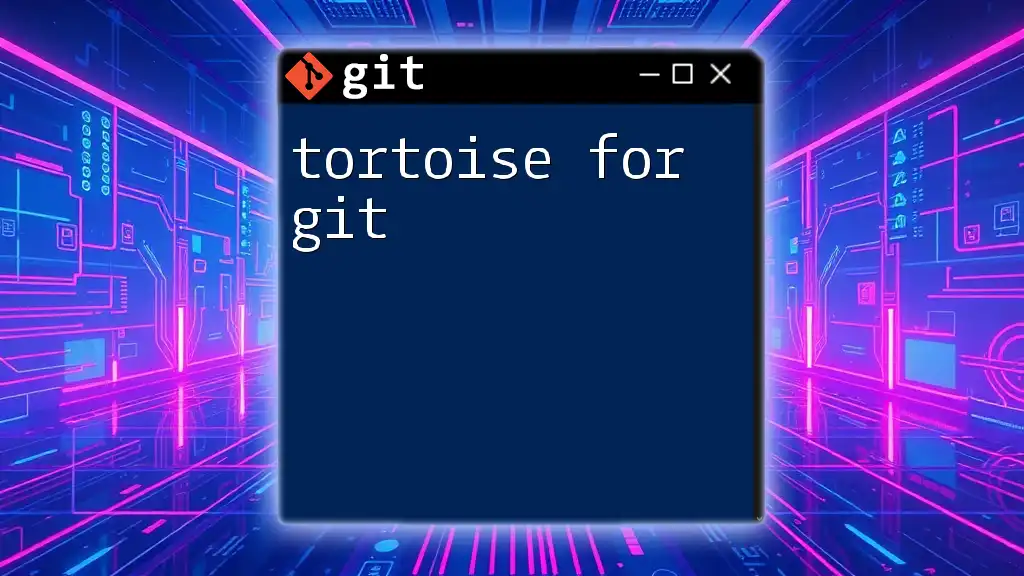
Using Sourcetree for Managing Git Operations
Basic Operations
Inside Sourcetree, basic operations are simplified. For instance, to commit changes, you can use the Commit dialog. This allows you to stage files using a visual interface and write descriptive commit messages.
To pull changes from the repository, you can execute:
git pull origin main
In Sourcetree, simply click the "Pull" button on the toolbar to fetch changes.
Advanced Features
Sourcetree also includes advanced features like Stash, which allows you to save changes temporarily without committing them, Fetch for retrieving updates, and a Log View for tracking the history of commits visually.
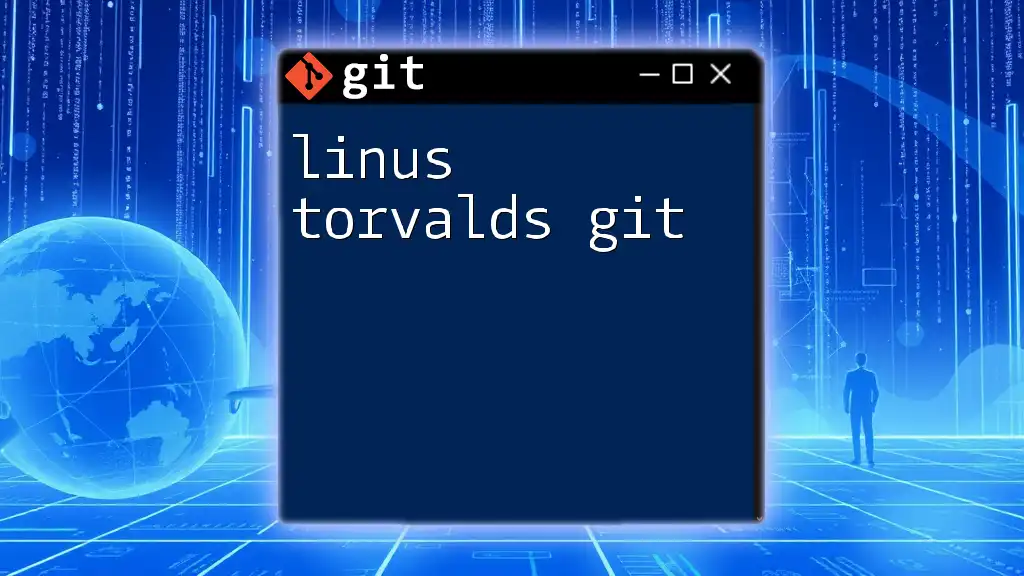
Troubleshooting Common Issues
Common Git Errors
As you start working with Git, you might encounter common errors such as Merge conflicts and Detached HEAD.
Merge conflicts occur when two branches modify the same line in a file. Git will pause the merge process, allowing you to resolve the conflict manually. Once resolved, you can commit the changes.
Detached HEAD happens if you check out a commit that isn’t on a branch. To fix it, simply switch back to an existing branch using:
git checkout main

Learning Resources
Atlassian Documentation
The Atlassian documentation is a fantastic resource for further knowledge on Git. Their comprehensive guides cover everything from basic commands to advanced workflows.
Additional Tutorials
For those wanting to expand their Git skills, consider looking into additional online resources. Websites like TutorialsPoint, Git's official documentation, and even YouTube tutorials offer great insights and practical examples.
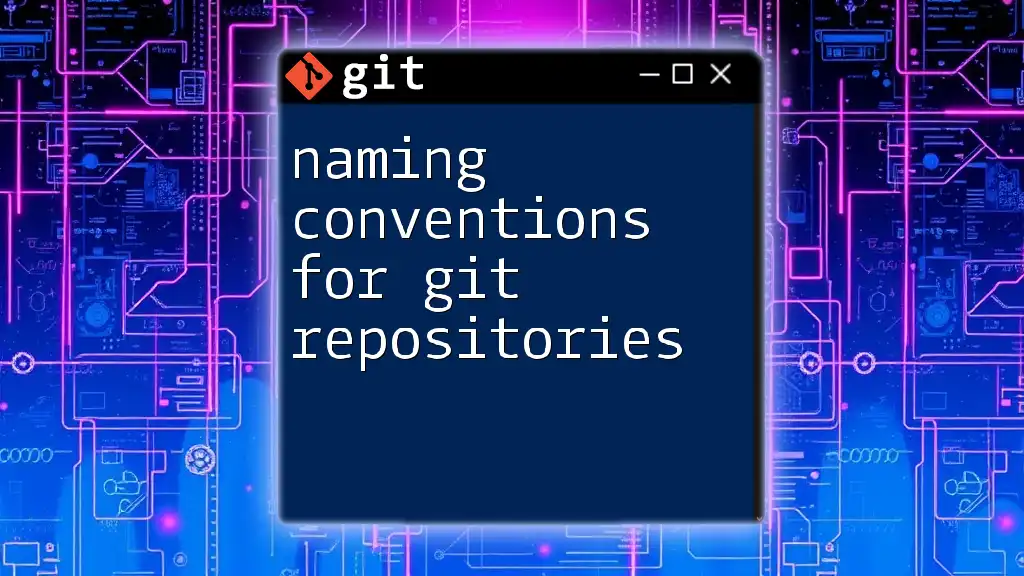
Conclusion
Using Atlassian tutorials for Git provides an excellent foundation for mastering version control. By leveraging tools like Bitbucket and Sourcetree, developers can streamline their workflows, manage complex projects, and collaborate efficiently. Practice regularly to build confidence in using these powerful tools effectively.
Call to Action
Don’t forget to follow our blog for more tutorials, tips, and insights on Git and effective version control practices!
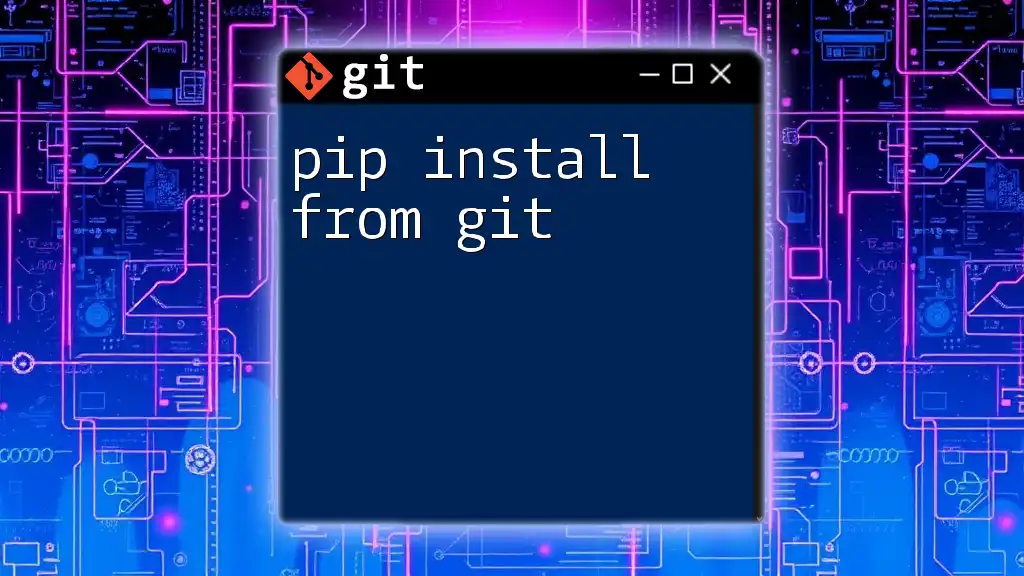
Appendices
Glossary of Git Terms
- Repository: Storage for your project files.
- Commit: A record of changes made.
- Branch: An independent line of development.
Sample Code Snippets
Here are common Git commands for quick reference:
git add .
git commit -m "Your commit message"
git push origin main
git checkout -b new-branch-name
git merge new-branch-name
git pull origin main
This structure prepares you to edit further and add images, enhancing the article's engagement and educational value.

